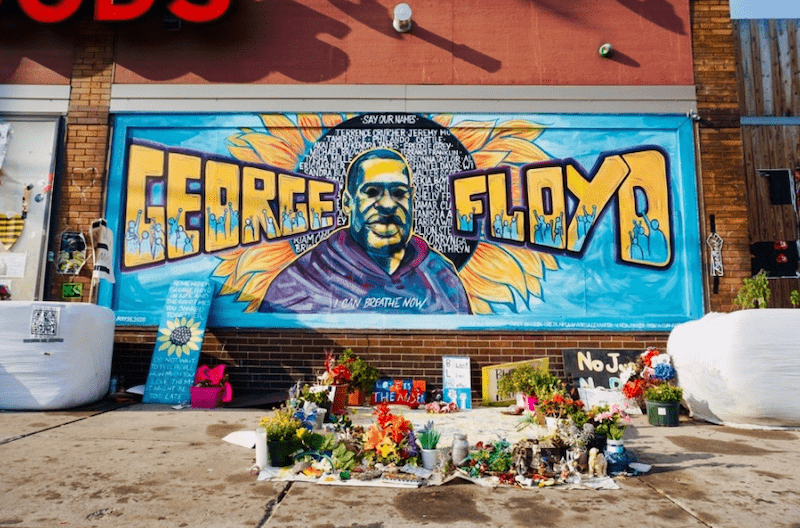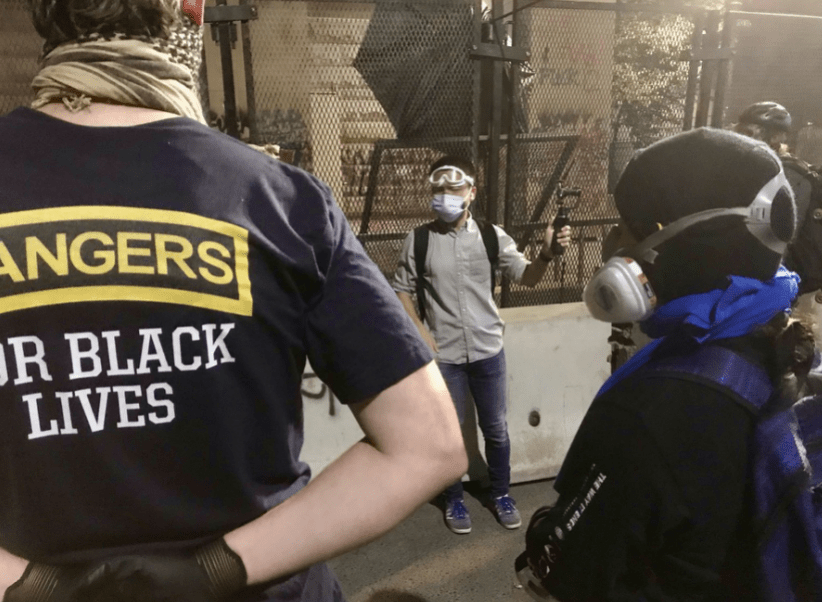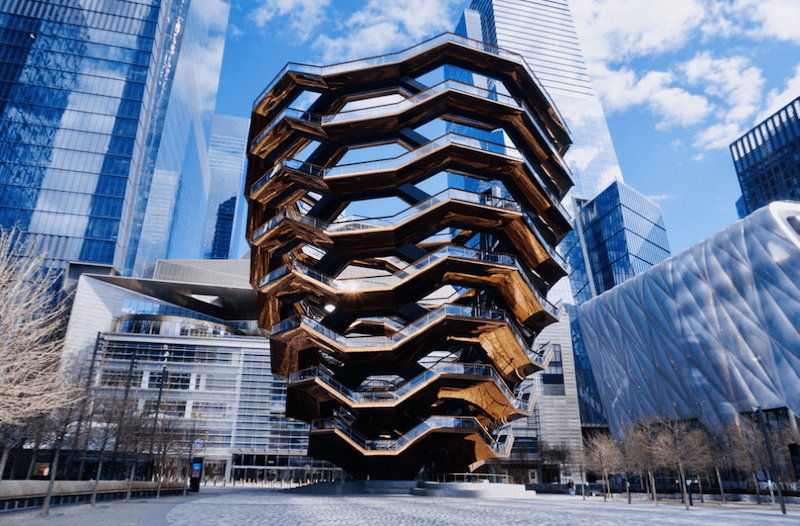Standing at the tail of 2020, looking back on this year, I believe everyone sighs: this year’s madness has not subsided at all, but has become more fierce. And our group of foreign journalists have struggled to reach the end of 2020 in such a madness.
Geopolitical conflict intensified
As a reporter in charge of the United Nations, I haven’t recovered from the happy atmosphere of the New Year. On the evening of January 7, I chatted with my colleagues who came to New York on business for a long time, and suddenly a mobile phone notice panicked me:
After the U.S. military in coldly assassinated Iran’s senior general Suleimani in Iraq on January 3, Tehran time on January 8th, Iran carried out missile retaliation against the U.S. military base.
The sensitive thing is that the Trump administration of the United States has gone further and further away from the Iran nuclear agreement guaranteed by United Nations resolutions, and the importance of Suleimani himself in Iran is beyond doubt. If the conflict between the United States and Iran continues to escalate, tensions throughout the Middle East will also escalate.
I still remember that January 7th is a Friday. It was already the evening of U.S. time when the attack occurred. Soon, I came to the phone at home to prepare for the telephone connection, which was the United Nations response to the incident. When the United Nations usually rests on weekends, I sent a direct email to the Secretary-General’s spokesman Dugarik to ask for an evaluation of the matter. And the reply I received was simple: there were no comments tonight. ( This evening is nothing. )
Therefore, in the end, I bravely reported on the past few days on Secretary-General Guterres’s call to stop the escalation of the situation, China’s call for restraint and other contents, which can be regarded as a “successful” completion of the reporting task.
However, the Iranian nuclear issue has become one of the problems of the United Nations throughout the year. From the unilateral request of the United States for an extension of the arms embargo, to the follow-up of Pompeo and more than a dozen vehicles, to the United Nations swaggering to the resumption of sanctions against Iran, to the Foreign Ministers’ Meeting of the States Parties to the Iran Nuclear Agreement, new topics appear almost every once in a while.
The epidemic in the United States is out of control.
The New York Times said that the West thought that the COVID-19 epidemic was China’s “Chernobyl moment”, but it turned out to be the “Waterloo” of the United States. If you ask me in February, I can’t guess that the number of confirmed cases of COVID-19 in the United States can reach more than 200,000 a day.
In particular, New York is the earliest hit by the coronavirus in the United States. In early March, Mayor De Blasio also took the lead in taking the subway, saying that New York’s “risk of infection with the virus is very low” and the city was closed in mid-March. Moreover, the lockdown is probably the strictest in so many places in the United States. Many of the originally popular “Internet celebrity punching places” are empty.
However, the initial shortage of epidemic prevention materials in the United States has caused us journalists to fall into difficulties: on the one hand, we want to go to the scene to capture the scene, but we can’t even buy the most common masks in New York; however, staying at home and repeatedly connecting, but we can’t explain the current situation most directly.
The epidemic has also made the world see the “absurd performance” between governments at all levels in the United States on a series of key issues of epidemic prevention: whether to wear masks has become a problem of “free speech”, as if you can’t speak without masks; parties can’t be opened, which has become a problem of “young people’s physique”, as if young people have no family. ; more importantly, American politicians’ wonderful “inject disinfectant” remarks.
Therefore, after the first batch of epidemics in the northeast of the United States was suppressed, the second group of epidemics in the south, the third group of epidemics in the Midwest, and the recent overall outbreak nationwide, it can be said that one after another.
Due to my work, I travel a lot this year. Under New York City rules, travelers must be tested for COVID-19 once they return to New York State — I’ve had a whole 16 tests around the year — so much so that I can now even tell you when New York State introduced rapid screening tests and when it improved the nasal swab test.
To be honest, I have been walking so much. According to my observation of the United States, many people expect the government’s epidemic prevention measures to be more consistent and scientific after the presidential change next year. I am pessimistic about it – for the same reason as now, because the federalism of the United States gives states a lot of autonomy. Wearing masks or not is The governor has the final say. Even if the White House issued an executive order to force masks, I’m afraid many states will appeal and ask for revocation – after all, Florida Governor DeSantis has said, “New Jersey requires masks to be forced, and the infection rate is still so high, which shows that masks are useless.”
Therefore, the only thing that can “save” the United States is probably the vaccine. The question is, when will the average person queue up to get the vaccination opportunity? How many people are reluctant to get vaccinated, and whether recent viral variants will affect vaccine effectiveness are difficult questions to answer at present.
The epidemic in the United States is destined to last until at least mid-2021.
Racial contradictions broke out
On May 25, George Freud’s death by police in Minneapolis kicked off the largest ethnic demonstration and protest in decades in the United States, and it was held before the end of the epidemic in the United States.

Race issues have been a problem in the United States for more than 200 years since its founding, especially the combination of police violence and race issues, which has become a seemingly insoluble knot.
According to the data, by July this year, about 15 to 26 million people in the United States participated in the protest demonstration, and 40% of the cities and counties in the United States had protested. In order to calm the growing street movement, New York City even imposed a curfew for the first time since 1943.
However, I followed the demonstration team for five consecutive days and found that the curfew did not actually work much at that time, and the protests continued.
My experience in Portland is even more magical.
On television, demonstrators and law enforcement officials in Portland, which lasted for more than 100 days, were seen on TV. When I went to Portland at the end of July this year, I actually had no bottom line of what kind of demonstrations I could film.
As a result, my plane landed at 7 o’clock that night, and the camera put my luggage in the hotel and went directly to the demonstration site – this was also the first experience of tear gas and rubber bullets in my life. As soon as early as the morning, law enforcement officials began to cast tear gas while dispersing the crowd with shot bombs.
I’m really inexperienced. After being sprayed with tear gas, I felt uncomfortable in my eyes and wanted to rub it with my hand, but the residue on my hand entered the eye and completely lost my eyes.

Now the demonstration has gradually dissipated as the municipal government cut off part of the police budget and the weather became colder. But looking back at history, no one knows when the next “time bomb” to detonate the racial problem will explode after this time venting dissatisfaction.
The warmth in the madness
On February 6, when the COVID-19 epidemic in China was raging, we contacted Hawkshield, the Special Adviser to the Secretary-General for the 75th Anniversary of the Founding of the United Nations at the Under-Secretary-General level, hoping that he could cheer up the Chinese people, especially the people of Wuhan at that time, who were locked down at that time, he agreed without saying anything.
When we went to the recording, we just hoped that the Under-Secretary-General could tell everyone that the United Nations supported everyone’s efforts to fight the epidemic, but soon I saw his assistant bring him a piece of paper and put it under the camera, which said “CHUNGWO DJAYO! WUUHAN DJAYO!” At the end of the shooting, he said, “Come on, China! Come on, Wuhan!”
In addition to high-ranking United Nations officials, in February, when the epidemic is the worst in China, overseas Chinese are trying their best to transport epidemic prevention materials back to China, especially the New York Alumni Association of Wuhan University. When everyone has a job, they have time to take time to carry out the whole logistics system from storage to customs clearance, from shipping to delivery in less than a week. It will be opened in time.
Although we don’t know how much these materials will eventually help us win the war against COVID-19, these warm support and help can really melt the ice and snow and make people more united to resist the spread of the virus.
I remember some netizens joked that the biggest wish in 2020 is actually “living”. Too many household names have left us this year, from Fu Gaoyi to Fang Shouxian, from Kobe Bryant to Sean Connery, from Shen Li to Chadwick Bosman, it seems that God wants to take away the pillars of all industries.
Of course, there are also people around us, such as Qin Fei, a 93-year-old grandfather who is more important to me than everyone above. And because of the epidemic, I can’t even go back to China to see him for the last time.
This year, we walked on thin ice in the frenzy, and finally came to the end of the year. What are my blessings in 2021? After 2020, I hope that at least everyone can find the calm safe haven in their hearts, regardless of the changes of the world, stick to their original intention, and continue to walk bravely.



